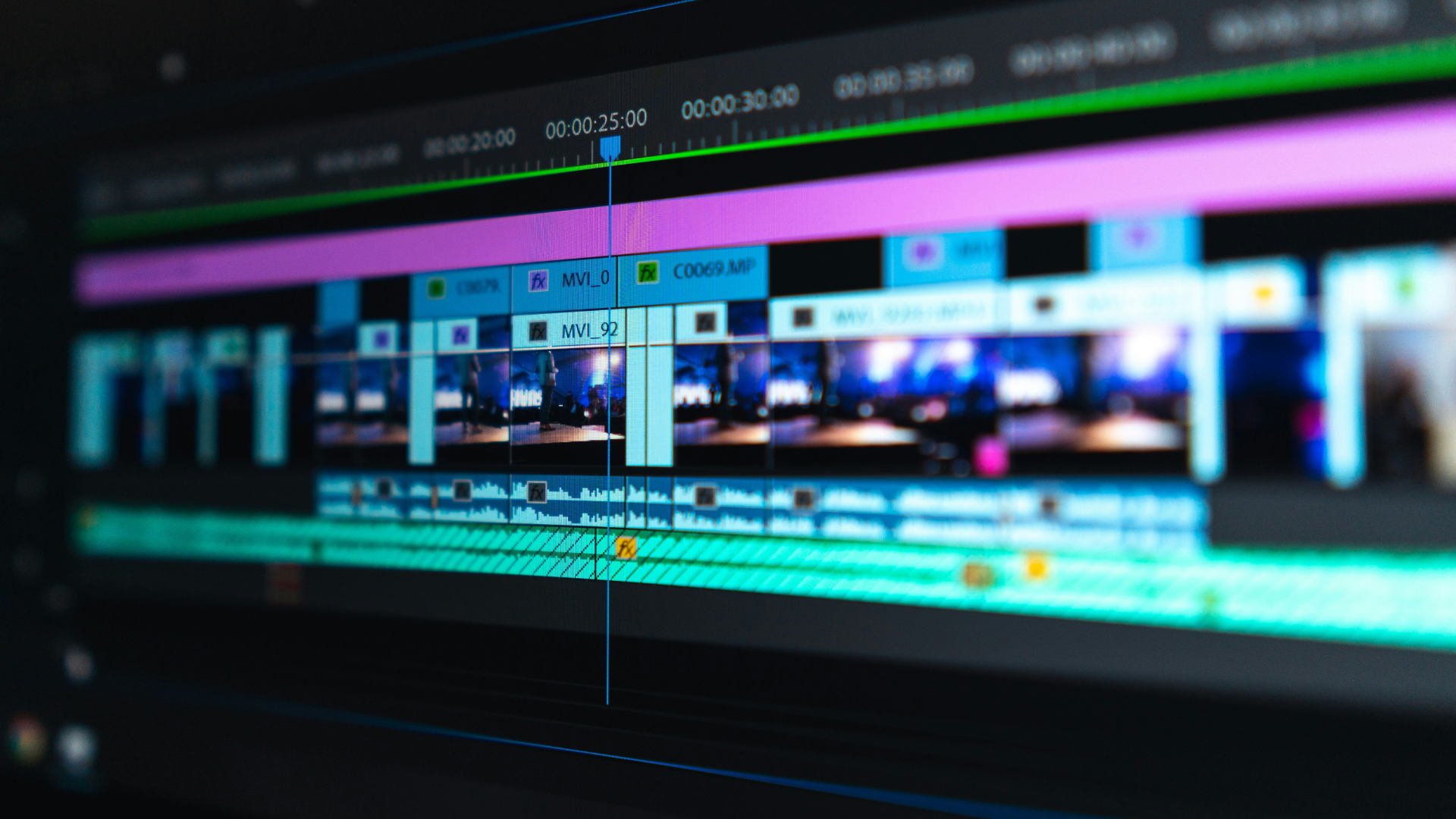AI in video production: on the brink of automated creativity
AI is transforming every segment of the advertising industry, and video production is no exception. As Tamás Hutlassa, Head of Café Communications' film division explained in an interview, this new technology is already present in basically every aspect of production and post-production as well, accelerating these processes dramatically. Tools like Runway, Pika, and Sora are making high-quality video generation more accessible, faster and maybe paradoxically more creative.
The tools leading the way
Runway is already being adopted by production teams over the world for its ability to edit videos with simple text commands, generate visuals from prompts, and even remove or replace backgrounds without green screens. For agencies it presents a cost-efficient way to scale up video content production.
Pika, another text-to-video platform, allows users to generate cinematic scenes from short text prompts. Its interface and improving video quality make it a powerful ideation tool in early-stage creative development.
Sora by OpenAI is still in development but already showing the potential to produce complex, high-fidelity video clips from written descriptions. As it develops, it can be a game-changer for ad storyboarding, prototyping, or even final execution in digital campaigns.
What does this mean for creative agencies?
These tools don't just reduce costs, they can expand the creative work. Agencies can now visualise ideas to test concepts before pitching to clients, produce social-first content quickly, and easily localise campaigns.
For agencies in CEE, where production budgets can be tight, these tools can offer a great opportunity: to compete with much larger players in terms of volume and visual impact.
The limitations (for now)
AI-generated videos still have flaws: imperfect physics, odd facial movements, and sometimes uncanny pacing. Thus for now, these tools are best used for idea generation, to pitch visuals, or to work on individual campaign elements rather than already fully replacing traditional shoots. The speed at which they are improving is astonishing, although they are not (yet) able to create flawless output and as we_can creative agency leaders agreed: the best use of AI tools is in partnership with creative teams, not as a substitute.
In the next 1-2 years, we’re likely to see AI-generated video content play a bigger role in prototyping and testing concepts before going into production, creating interactive and personalised video ads on demand and motion graphics and animation for social and digital campaigns.
The close future of video in advertising might not be fully automated, but it will absolutely be augmented by AI technology, and agencies have no other option than to roll with the times.
Published: July 21, 2025
